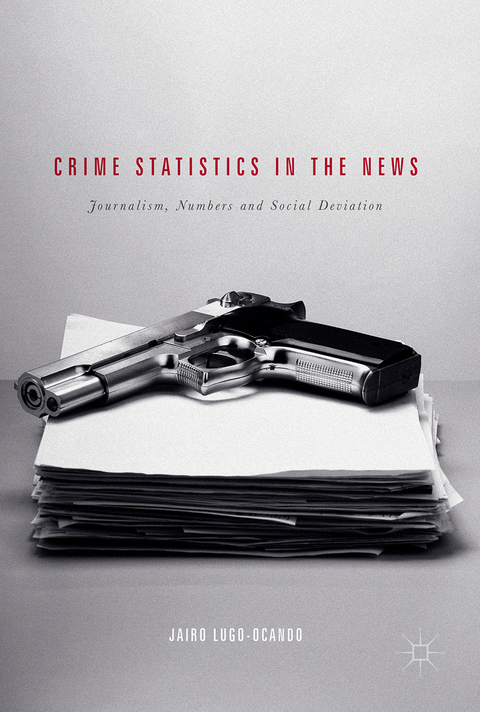
Crime Statistics in the News
Journalism, Numbers and Social Deviation
Seiten
2017
|
1st ed. 2017
Palgrave Macmillan (Verlag)
978-1-137-39840-6 (ISBN)
Palgrave Macmillan (Verlag)
978-1-137-39840-6 (ISBN)
This book offers a comparative exploration of how journalists across different newsrooms around the world access and interpret statistics when producing stories related to crime. Looking at the nature of news sources regularly used by journalists, Lugo-Ocando analyses how these numbers are used to report crime.
As the author argues, far from being straightforward, the relationship between numbers and journalists in the context of crime reporting is complex, and at times, problematic. Because the reporting of crime statistics impacts upon policymaking, we need to better understand how these statistics are used and reported in order to improve the process of decision.
Finally, Lugo-Ocando maintains that the only way to create a fairer justice system and a better-informed general public is by improving the way crime is covered in the news. A compelling and informed text, this book will be of interest to scholars and students of criminology and journalism alike.
As the author argues, far from being straightforward, the relationship between numbers and journalists in the context of crime reporting is complex, and at times, problematic. Because the reporting of crime statistics impacts upon policymaking, we need to better understand how these statistics are used and reported in order to improve the process of decision.
Finally, Lugo-Ocando maintains that the only way to create a fairer justice system and a better-informed general public is by improving the way crime is covered in the news. A compelling and informed text, this book will be of interest to scholars and students of criminology and journalism alike.
Jairo Lugo-Ocando is a former news editor, correspondent and journalist who has worked for news outlets in Latin America and the United States. He is currently an Associated Professor in the School of Media and Communication at the University of Leeds in the UK.
Introduction.- Chapter 1. Crime in the News.- Chapter 2. How Crime Statistics Became News.- Chapter 3. Media Representations of Crime Statistics.- Chapter 4. Stabbing News: What Knife Crime Tells Us about Crime Statistics in the Newsroom.- Chapter 5. News, Public Policy and Crime Statistics.- Chapter 6. Spinning Crime Statistics.- Chapter 7. Visualising Crime Statistics.- Chapter 8. Crime Statistics and the Public.- Conclusion
| Erscheinungsdatum | 06.11.2017 |
|---|---|
| Zusatzinfo | 2 Illustrations, color; XI, 213 p. 2 illus. in color. |
| Verlagsort | Basingstoke |
| Sprache | englisch |
| Maße | 148 x 210 mm |
| Themenwelt | Recht / Steuern ► Allgemeines / Lexika |
| Recht / Steuern ► EU / Internationales Recht | |
| Recht / Steuern ► Strafrecht ► Kriminologie | |
| Recht / Steuern ► Strafrecht ► Strafverfahrensrecht | |
| Sozialwissenschaften ► Kommunikation / Medien ► Journalistik | |
| Sozialwissenschaften ► Kommunikation / Medien ► Medienwissenschaft | |
| Sozialwissenschaften ► Politik / Verwaltung | |
| Schlagworte | Broadcasting • Criminal activity • gang crime • Knife crime • media • Newspapers • News reports • Policy Making • Public Opinion • Public Policy • Shootings • Statistics |
| ISBN-10 | 1-137-39840-X / 113739840X |
| ISBN-13 | 978-1-137-39840-6 / 9781137398406 |
| Zustand | Neuware |
| Haben Sie eine Frage zum Produkt? |
Mehr entdecken
aus dem Bereich
aus dem Bereich


